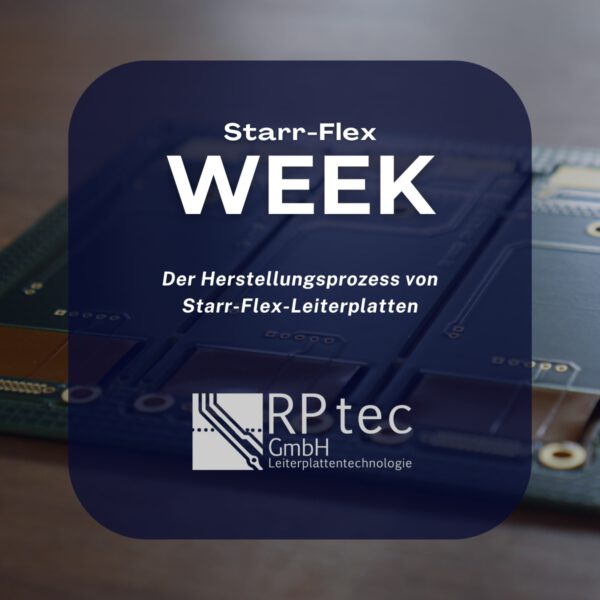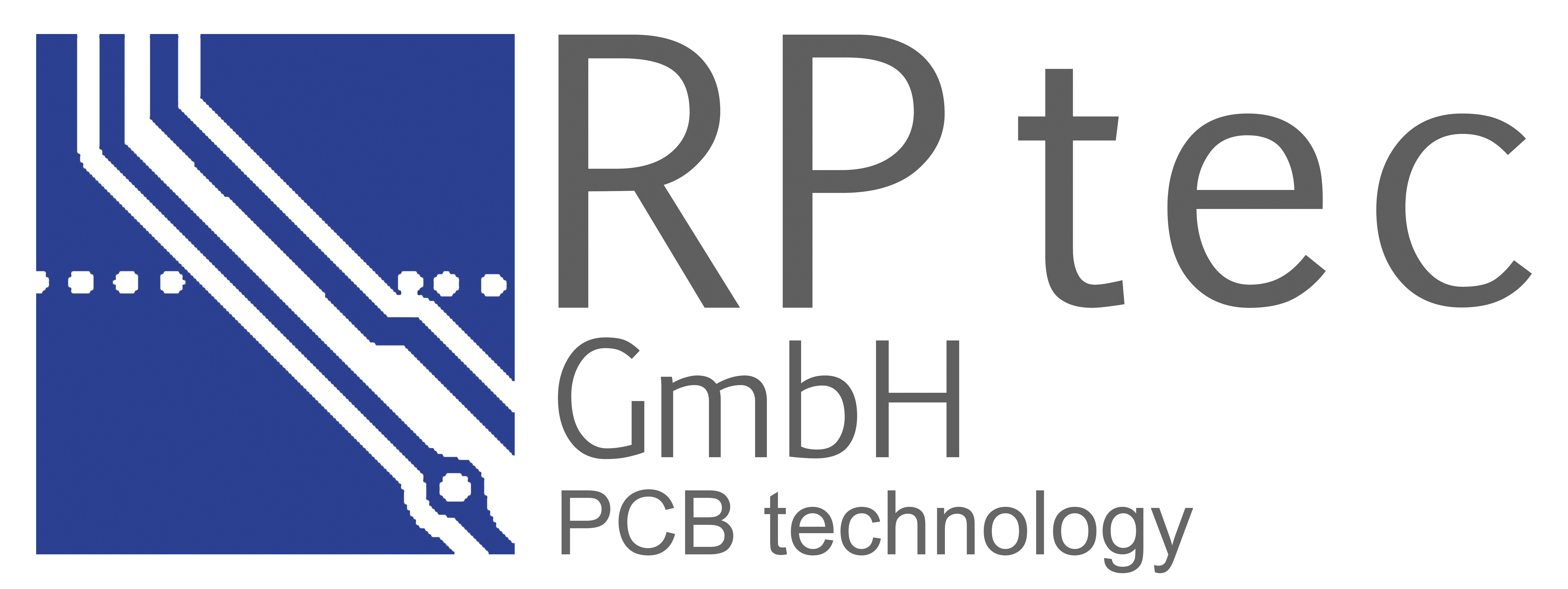Week
Starr-Flex
The manufacturing process for rigid-flex printed circuit boards
Today we take a closer look at the fascinating manufacturing process of rigid-flex printed circuit boards.
The manufacturing process begins with the careful design and layout of the PCB, followed by the preparation of the substrates for the rigid and flexible areas. Then photolithography comes into play, using a photoresist to transfer the design of the traces onto the substrates.
After the exposure process, the unwanted areas are removed by etching. The flexible material and rigid material are then pressed together. To create the flexible sections, this step requires precision and expertise to ensure a secure and reliable bond in the rigid areas.
Once the rigid and flexible areas have been laminated together, the outer layers are produced in a conventional process. Finally, the PCB is coated with a protective varnish and the flexible areas are exposed by Z-axis controlled milling. This is followed by e-tests and a final inspection to ensure functionality and quality.
This manufacturing process requires careful planning, high-precision equipment and expertise to produce high-quality rigid-flex printed circuit boards that meet the requirements of various applications.

